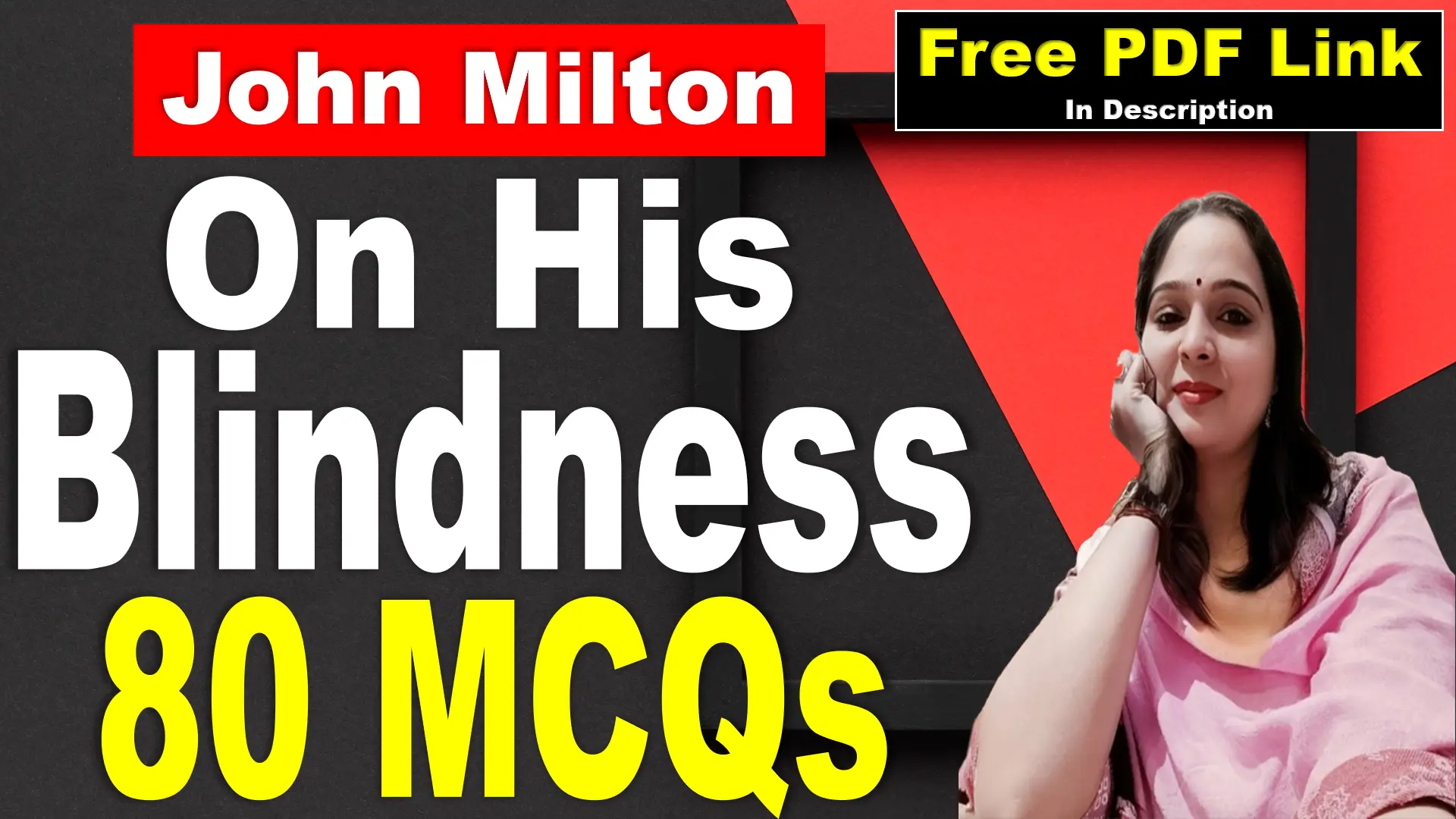
Sonnet 146 by William Shakespeare | Soul and Body | Poor soul, the centre of my sinful earth | Sonnet 146 | Explanation | Summary | Key Points | William Shakespeare | Word Meaning | Questions Answers | Critical Appreciation | Free PDF Download – Easy Literary Lessons
Sonnet 146
Poor soul, the centre of my sinful earth
[Soul and Body]
Poor soul, the centre of my sinful earth,
[……] these rebel powers that thee array,
Why dost thou pine within and suffer dearth,
Painting thy outward walls so costly gay?
Why so large cost, having so short a lease,
Dost thou upon thy fading mansion spend?
Shall worms, inheritors of this excess,
Eat up thy charge? Is this thy body’s end?
Then soul, live thou upon thy servant’s loss
And let that pine to aggravate thy store;
Buy terms divine in selling hours of dross;
Within be fed, without be rich no more.
So shalt thou feed on Death, that feeds on men,
And, Death once dead, there’s no more dying then.





